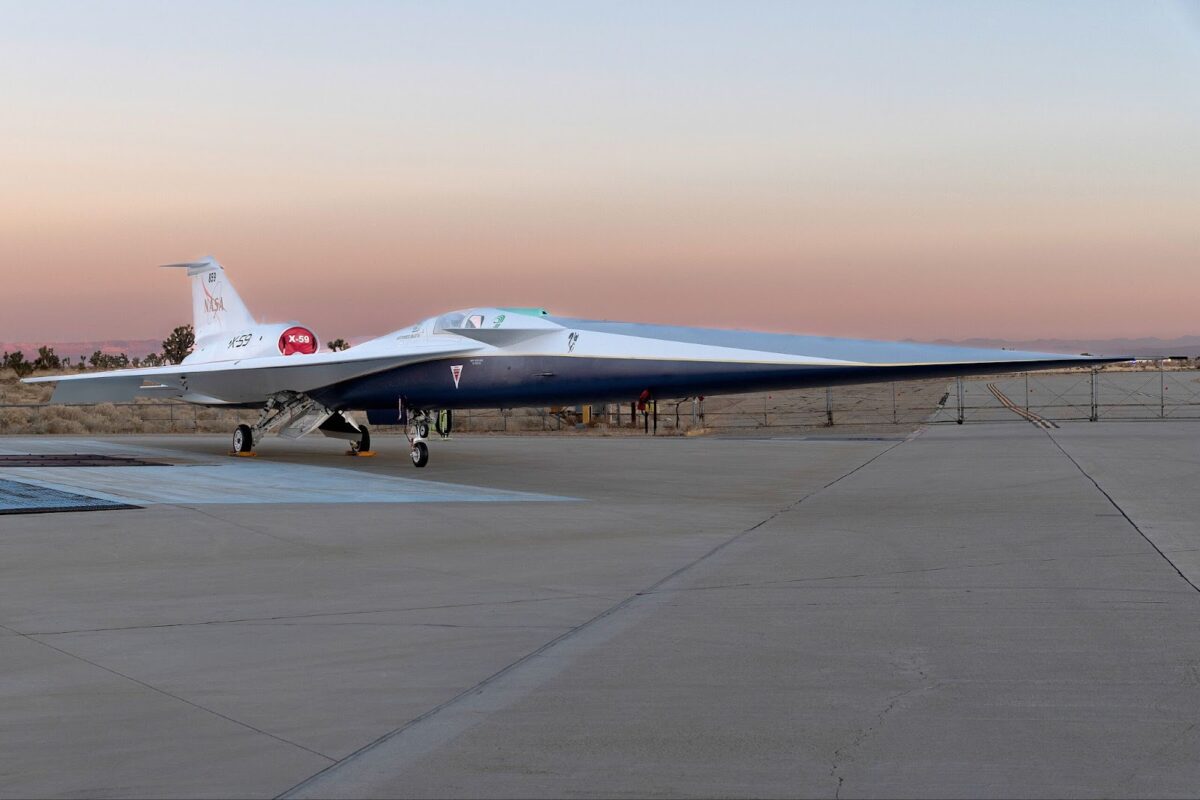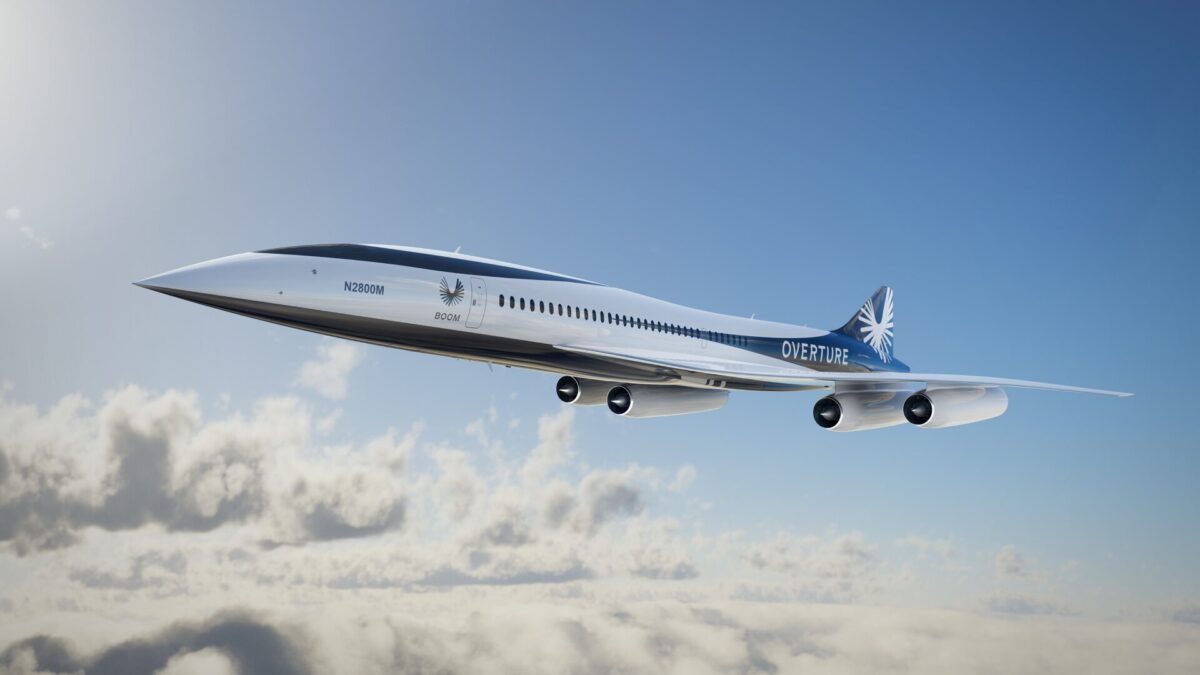Hot on the heels of its milestone supersonic flight with its demonstrator aircraft, XB-1, Boom Supersonic has another surprise up its sleeve.
During the demonstration flight on January 28, 2025, the XB-1 broke the sound barrier three times, but not one of those occasions caused an audible sonic boom. “This confirms what we’ve long believed,” says Blake Scholl, founder and CEO of Boom. “Supersonic travel can be affordable, sustainable, and friendly to those onboard and on the ground.”
Now, Boom Supersonic has shared more details on the technology behind its quiet supersonic achievement, which it calls ‘Boomless Cruise.’
What is Boomless Cruise?
According to the company, Boomless Cruise is based on a phenomenon known as Mach cutoff. In essence, when an aircraft flies past the speed of sound at a high altitude, the sound of the sonic boom does not reach the ground.
Rather than refracting downwards and disrupting people on the ground, Boom’s XB-1 flew higher before transitioning to Mach 1. Boom Supersonic placed microphones along the aircraft’s flight path, which confirmed that, on every transition, no sonic boom reached the ground.
The benefits of Mach cutoff have been explored in some detail by several companies, including NASA which published a paper on the topic as long ago as 2016. Ongoing, several projects aim to deliver supersonic speed without the noise, including the Lockheed Martin X-59 Quesst (Quiet SuperSonic Technology).
It is hoped that as technologies are proven to minimize or even remove the disruption of the sonic boom on the ground, regulators will be more inclined to alter the rules about airspace use and allow new supersonic transports to accelerate to the speed of sound sooner.
The Quesst is due to begin flight testing in 2025.
Cutting travel time with Boomless Cruise
Boom Supersonic is clear that it wants the Overture, its full-size passenger plane, to be able to go supersonic over land. It says that, if it were allowed to, it would cut transcontinental US flight times by up to 90 minutes. International routes with overland segments would also benefit.
Current regulations mean Overture would only be allowed to operate at Mach 0.94 over land, which is still 20% faster than any subsonic jet. The company hopes that, with the data it has gathered and will continue to gather during the XB-1 flight tests, regulators may reconsider these rules.
Using its proprietary engine technology known as Symphony, Boom says that Overture will have more than enough power to break the sound barrier at 30,000+ feet. This, it says, is high enough for Mach cutoff to work.





